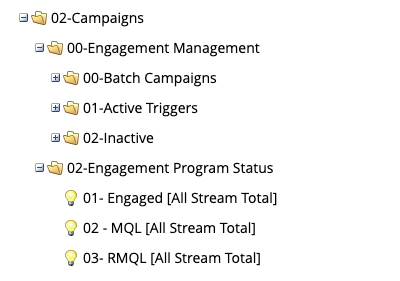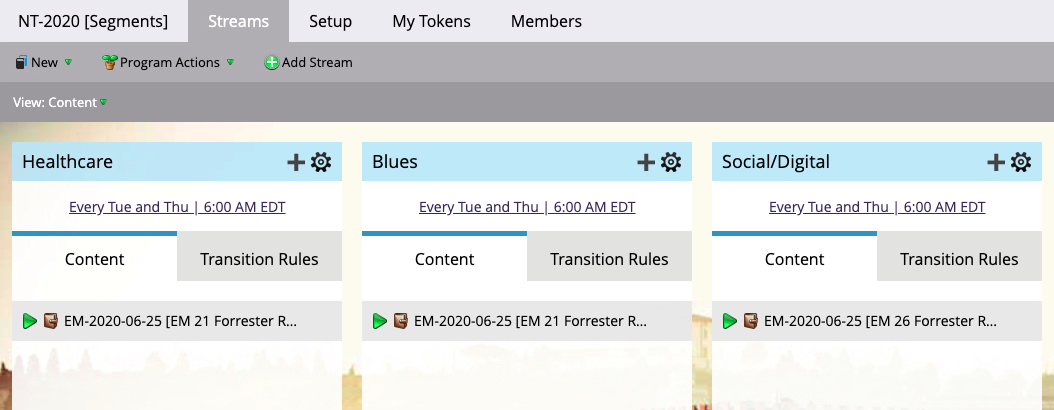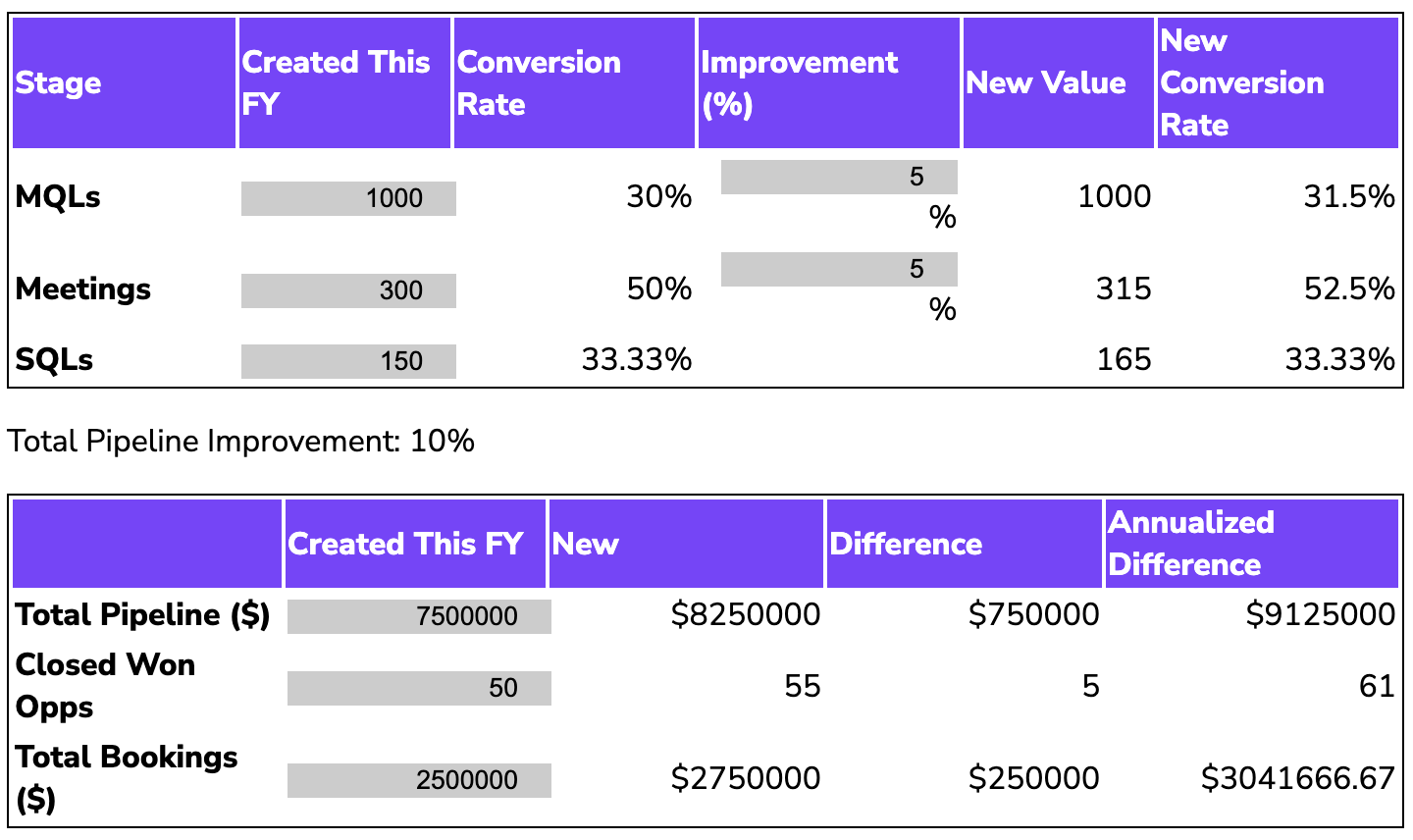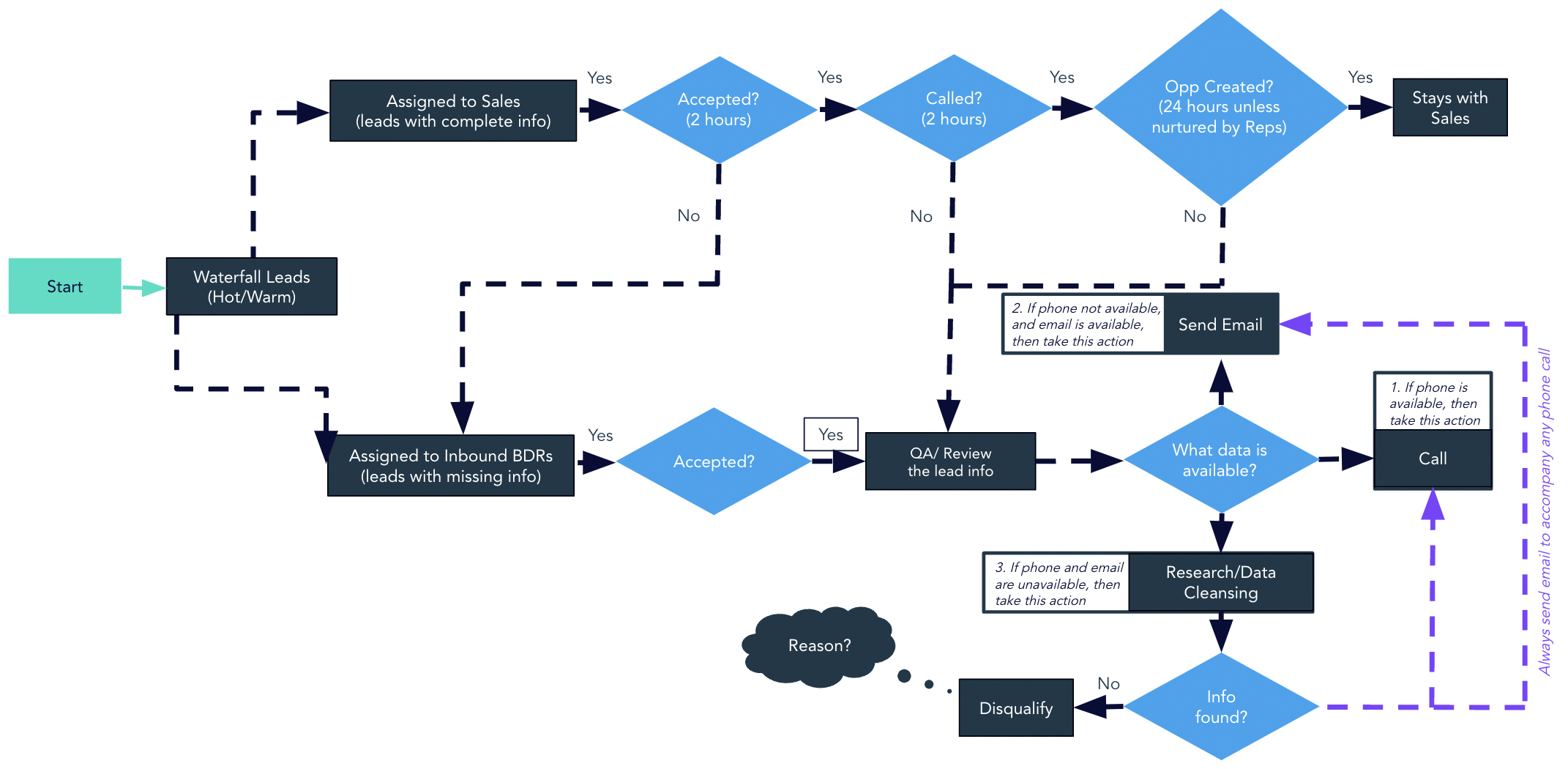I’ve built my fair share of engagement programs, but I recently built a multi-segment Marketo engagement program that I have to brag about!
>> Related: SurveyMonkey Might Be the MarTech You’ve Needed All Along <<
The Requirements
- This particular client wanted to track and target all eight of their “marketable” audience segments. And this included sub-segments by customers and prospects in Marketo.
- The client also wanted to email these segments with industry-specific messaging. We needed to break out prospects further by industry focus.
- The communication cadence was twice weekly, each week.
- Lastly, they wanted to report on each email program performance by segment by:
- total Engaged
- total MQLs
- and total RMQLs (Re-Marketing Qualified)
The Challenge
- The client already had global content Marketo programs to track individual asset engagement. So it was key to account for those global content asset programs and not double-count asset conversions within the new Engagement Program.
- Another challenge was preparing the Smart List segments. The fields used to identify and differentiate between segments didn’t have consistent data (they never do), especially for prospect industries. We did a lot of list and field value analysis. This ensured we had the right audience in each bucket. Getting these right would ensure that new leads or customers would be added to the correct engagement streams. And we had to ensure that the criteria for transitioning between streams were using the correct fields if there was a demographic data value change.
The Solution
- First I created a new custom Engagement program that included 8 streams for each segment.


- Then I customized the Engagement channel statuses from Member and Influenced to [Engaged, MQL, RMQL].
- Next I created a new email default program type under channels with the same statuses as the Engagement program: Engaged | MQL | RMQL – to be used as nested email programs within the Engagement program.


- Within the Engagement program, the nested email programs were segment-specific and included a send a smart campaign in each program and were managed in-stream – the cadence sends every Tuesday & Thursday.
- I scheduled nightly batches to transition people between streams.


- For reporting I:
- Created 1 Parent Salesforce Campaign with segment-specific member statuses. Example: Engaged Banking | MQL Banking | RMQL Banking, etc.
- Nested Program’s status campaigns, add to Parent SFDC campaigns nightly with a segment-specific status within the program status smart campaign’s flow steps. This approach allows the global content program to first attribute success to its SFDC synced content campaign, which would then become a child of the new Parent SFDC campaign.
- Used an engagement stream report, with custom column Smart Lists to report on regional engagement. They can slice into customers vs. prospects by MQL/RMQL/ENGAGED statuses.


- Used a Campaign report in Salesforce to view engagement by content piece and segment that references both the Parent SFDC campaign and each child global content or event Salesforce campaign.
This type of multi-segment Marketo engagement program requires a lot of pre-content planning. But it’s agile enough to skip a send if, for whatever reason, the client needs to pull the promotion of an event or content asset.
UPDATED:
We just measured the impact of this program’s last 12 months for 2020. The results are amazing! It influenced $13.7M in renewal/expansion pipeline. AND influenced $14.3M in new business pipeline. It influenced $5.2M in renewal/expansion closed won deals. AND it influenced $5.2M in closed won new business deals! ::happy dance::
Ready to unleash the full power of your marketing tech stack, without hiring another full time employee?
Learn about our Marketo admin support package.




